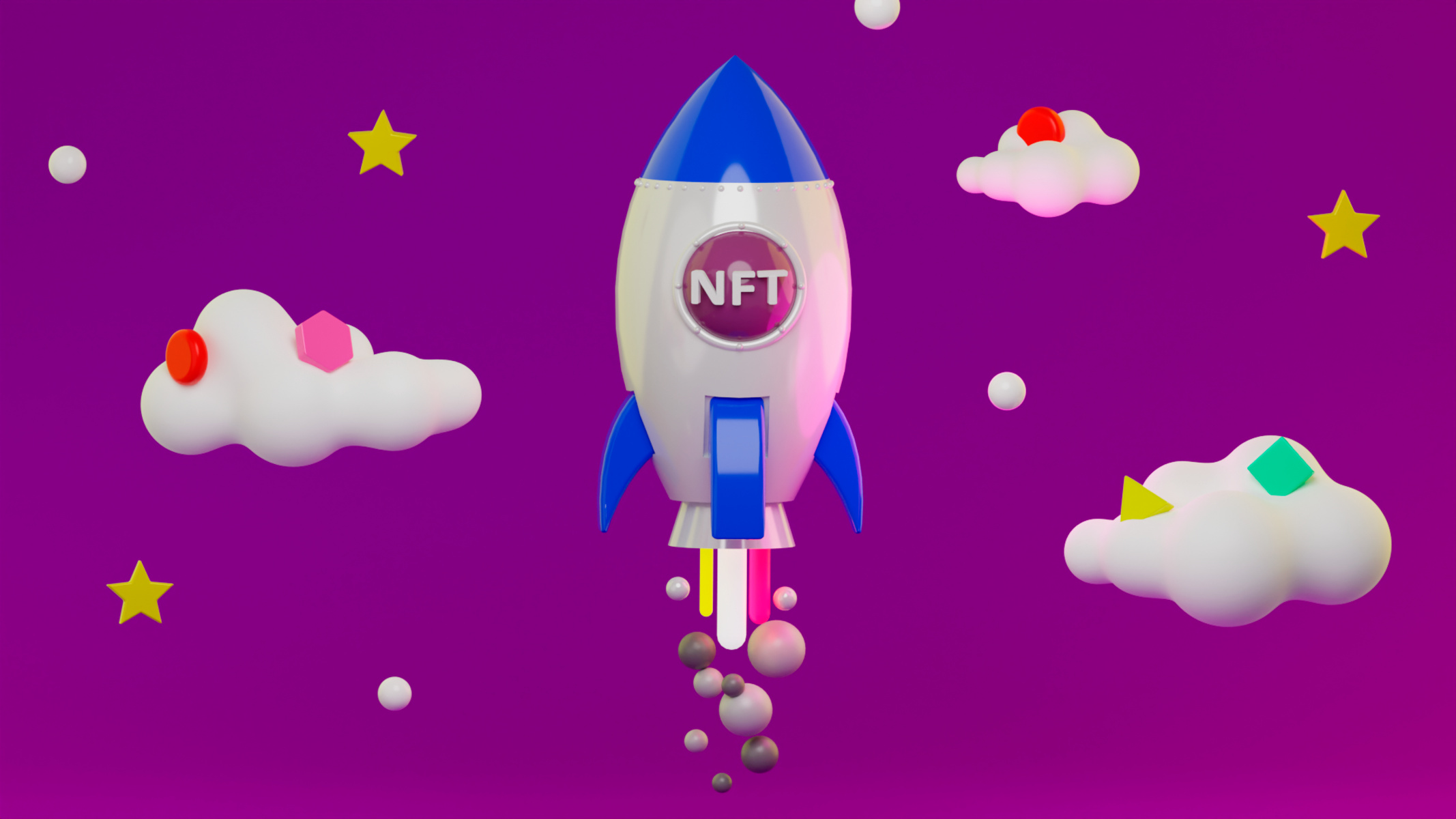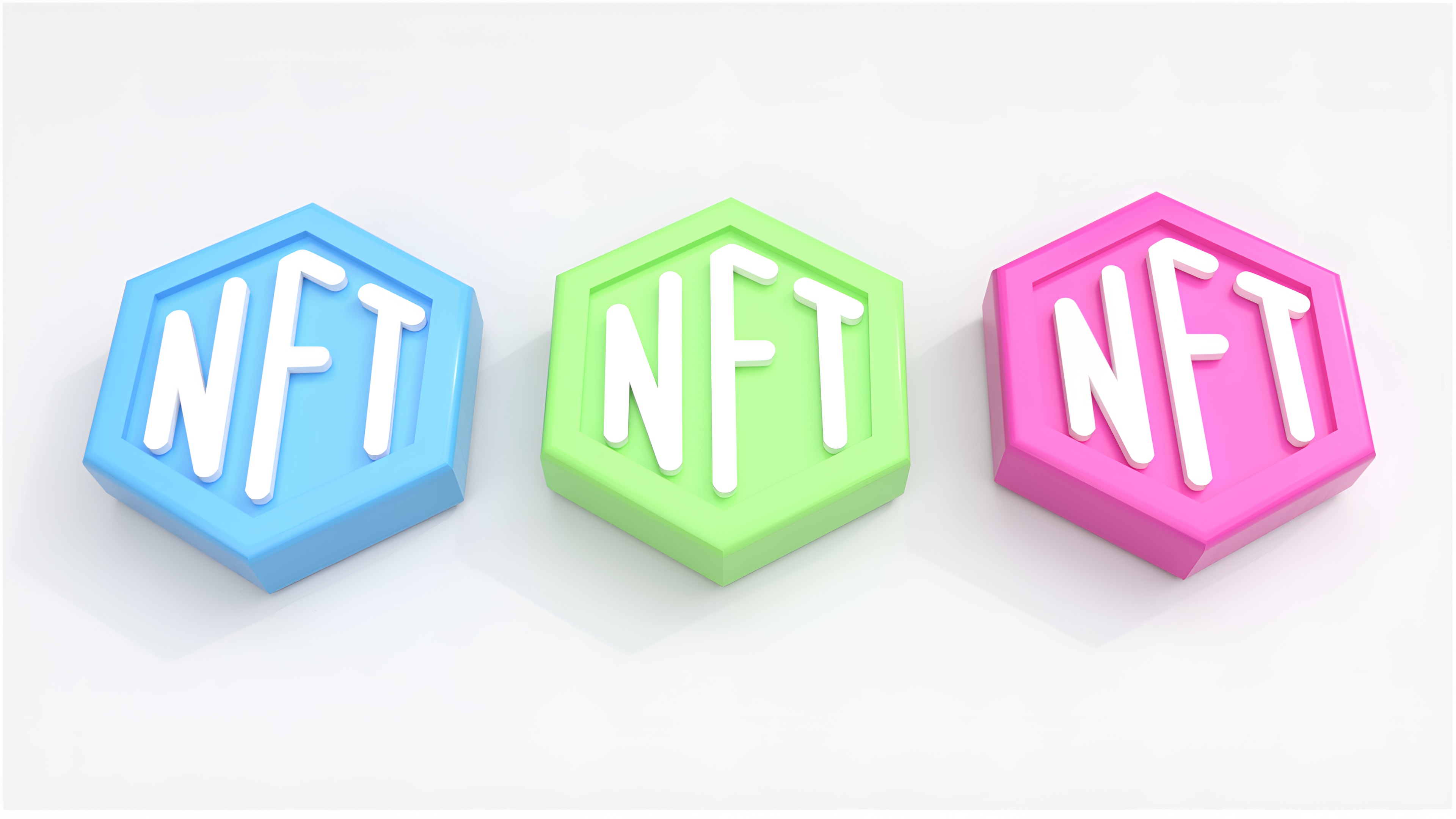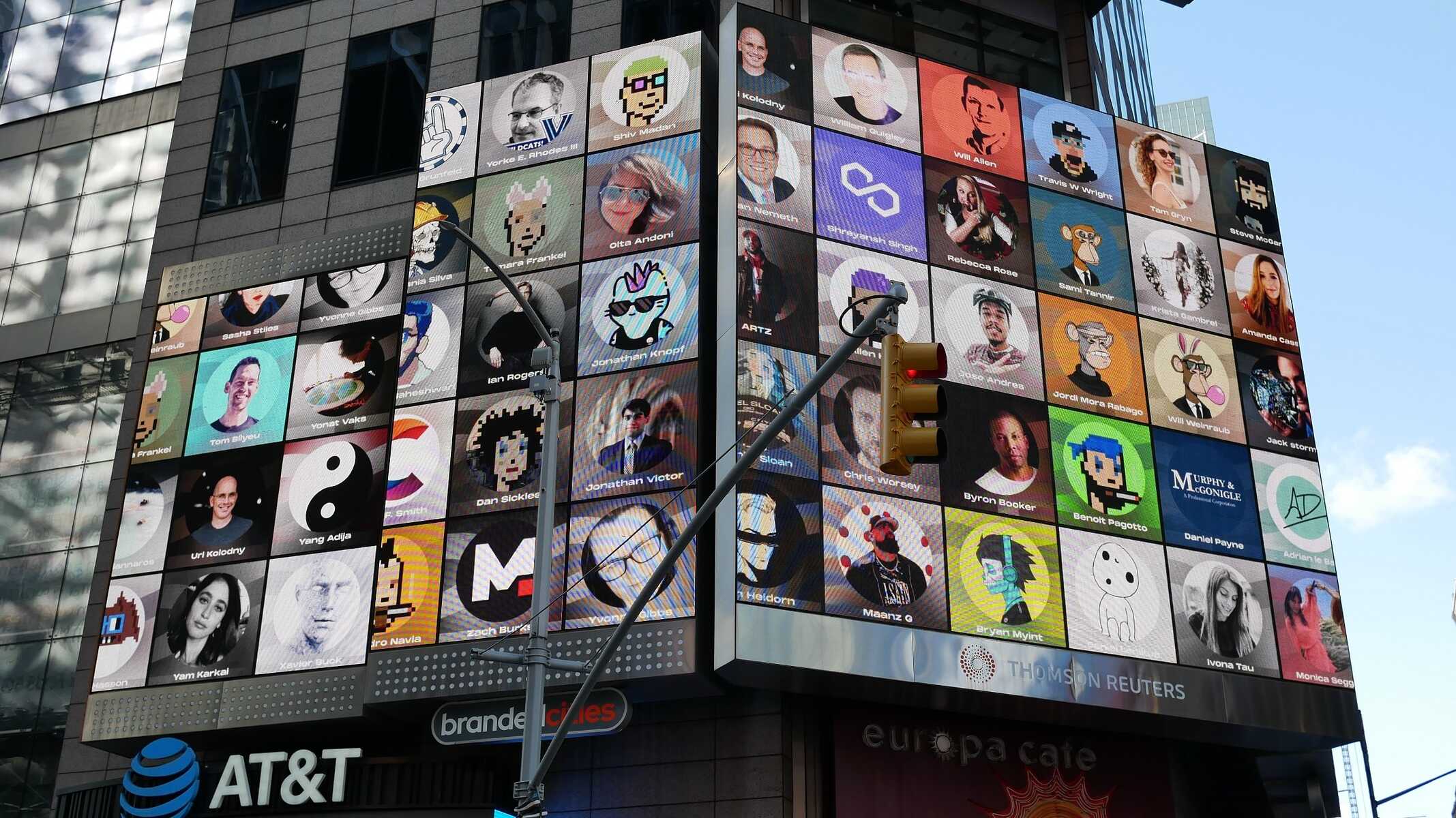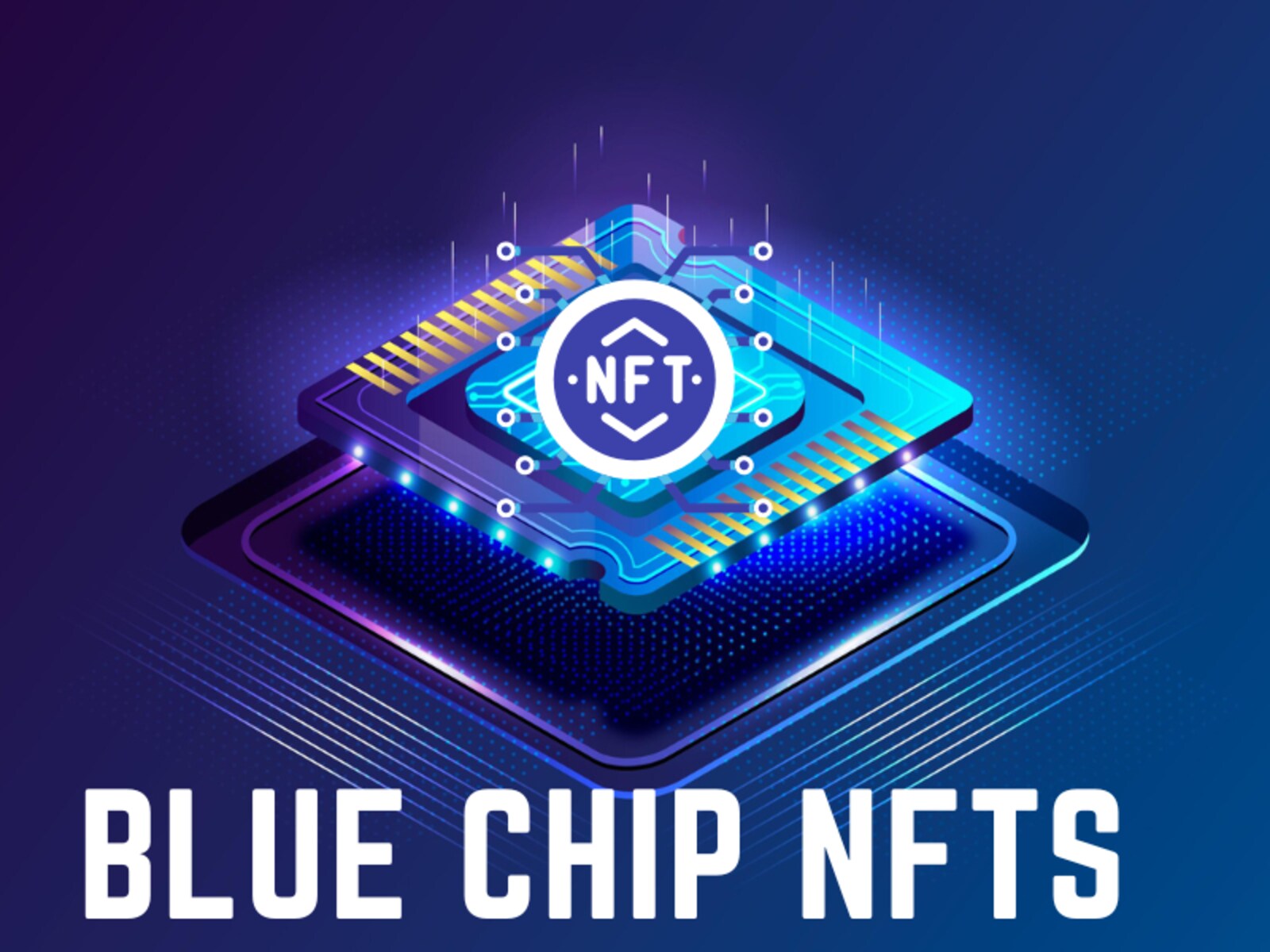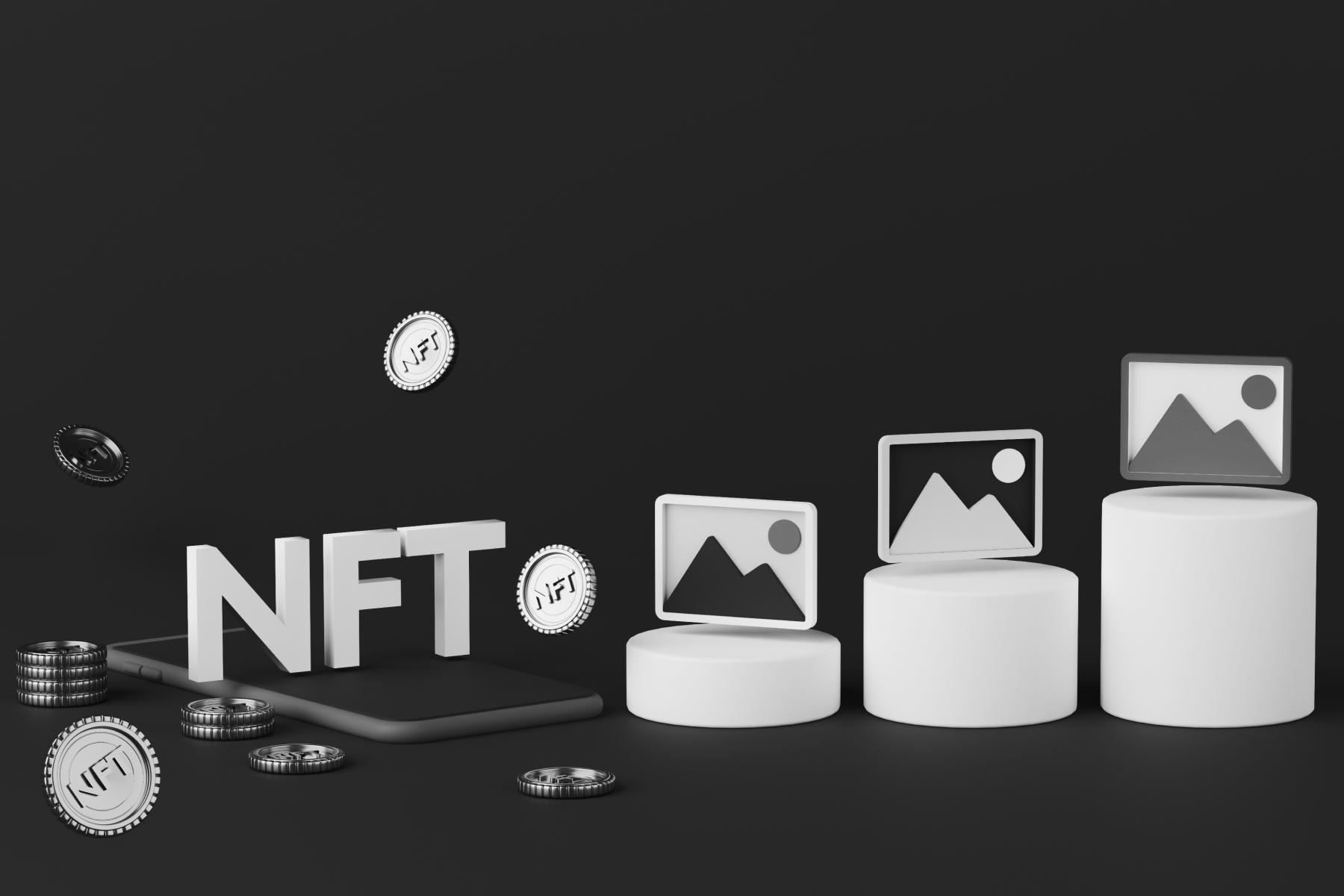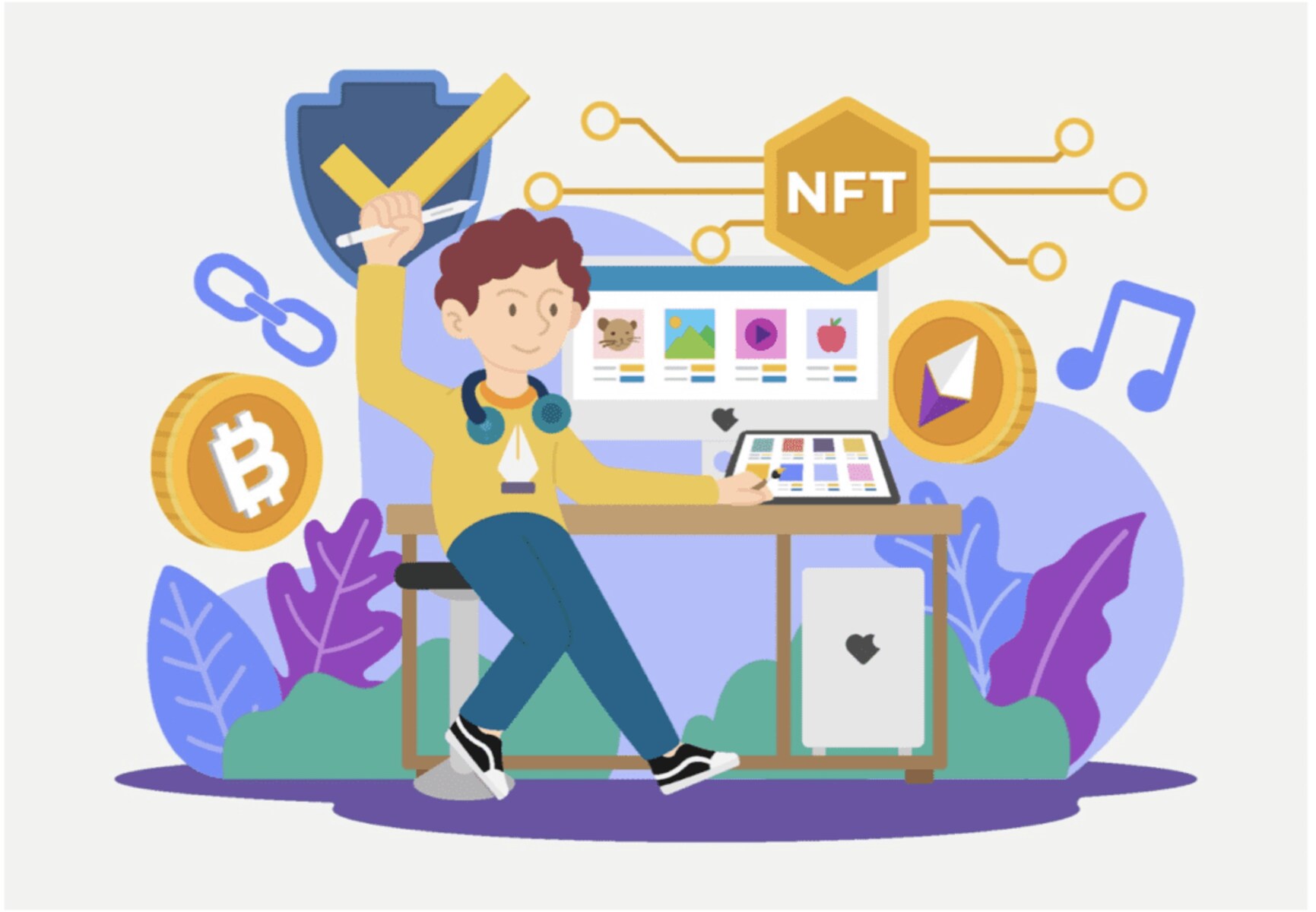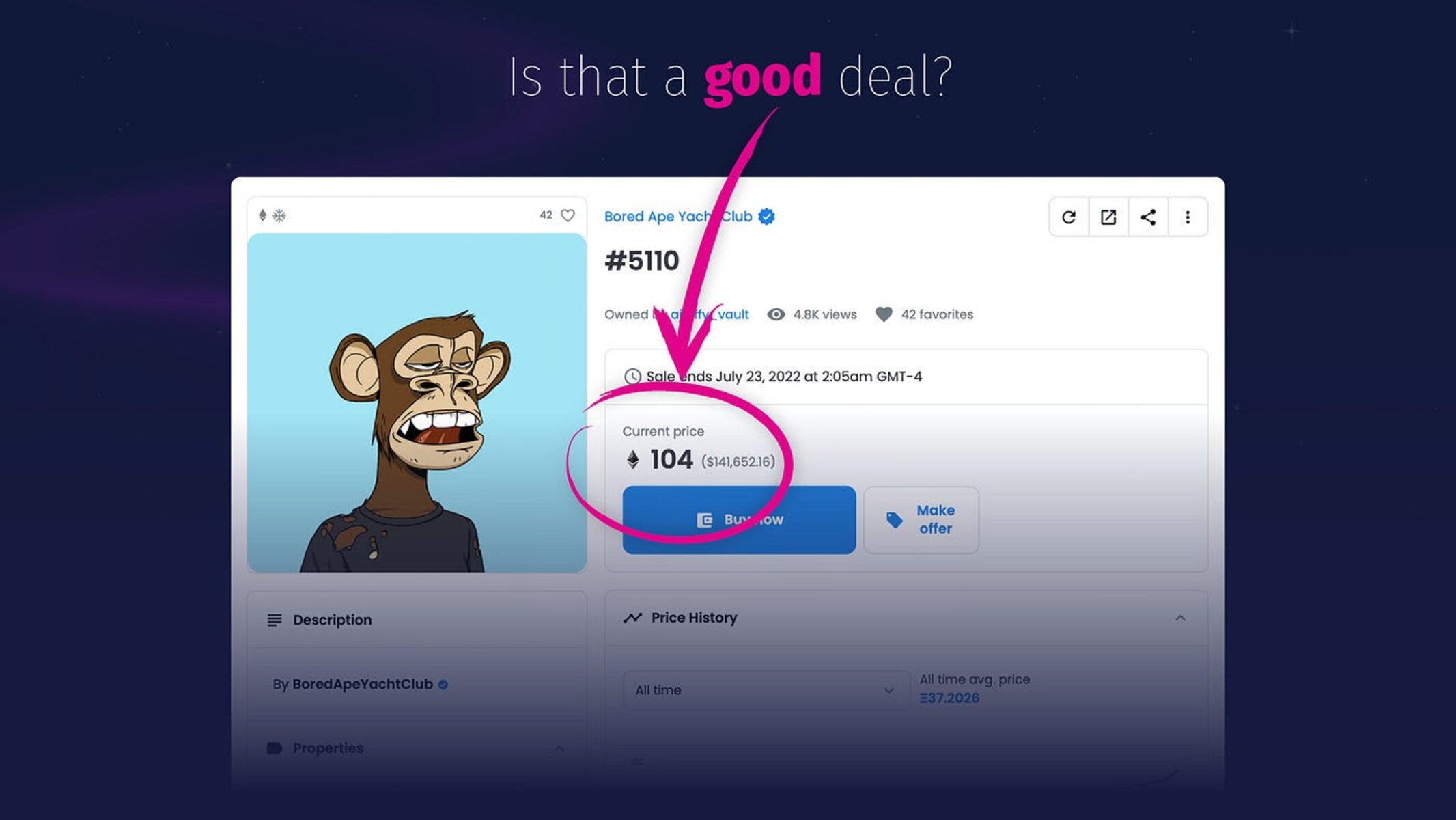Introduction
Non-Fungible Tokens, or NFTs, have taken the digital world by storm. From artwork to collectibles, music to virtual real estate, NFTs have revolutionized the way we think about ownership and value in the digital space. But what exactly makes an NFT valuable?
At its core, an NFT is a unique digital asset that is stored on a blockchain, making it tamper-proof and easily verifiable. Unlike cryptocurrencies such as Bitcoin or Ethereum, which are fungible and can be exchanged on a one-to-one basis, NFTs are indivisible and cannot be exchanged on a like-for-like basis. This uniqueness is what gives NFTs their value and sets them apart from other forms of digital assets.
While the value of an NFT is ultimately determined by the market and what someone is willing to pay for it, there are several factors that can contribute to its perceived value. These factors include rarity, scarcity, utility, authenticity, artist reputation, popularity, investor demand, technology and innovation, and interoperability.
In this article, we will explore each of these factors and delve into what makes an NFT valuable.
Rarity
Rarity is a key factor in determining the value of an NFT. Just like in traditional collectibles, scarcity adds value. The rarer an NFT is, the more desirable it becomes for collectors and investors.
When it comes to digital assets, rarity can be measured in different ways. It could be the limited number of editions or copies of an artwork, the uniqueness of a virtual item within a game, or the exclusivity of a particular event or experience tied to the NFT.
For example, in the world of digital art, artists often release limited editions of their work as NFTs. If an artist creates only 10 copies of a specific artwork, each with its own unique token on the blockchain, the rarity of these NFTs increases. Collectors will be willing to pay a premium to own one of these limited edition pieces.
The concept of rarity extends beyond limited editions. Uniqueness can also be achieved through factors like historical significance, the origin of the NFT, or even the specific attributes attached to it. For instance, in the realm of virtual real estate, an NFT representing a unique and sought-after location within a virtual world will have higher value due to its rarity.
The perception of rarity can also be influenced by factors such as the artist’s reputation or the popularity of the NFT marketplace. If a well-known and respected artist creates an NFT and releases only a limited number, the rarity factor increases, as collectors value the prestige associated with owning a piece by that artist.
Rarity can create a sense of exclusivity and scarcity, driving up demand and increasing the value of an NFT. As collectors strive to own something unique and valuable, rare NFTs often become highly coveted assets in the digital market.
Scarcity
Scarcity is closely related to rarity but focuses more on the limited supply of a particular NFT. While rarity refers to the uniqueness and limited editions of an NFT, scarcity takes into account the overall availability of that specific digital asset.
Scarcity can be artificially created, such as when a limited number of NFTs are minted or when access to certain digital experiences tied to an NFT is restricted. This controlled supply adds value by creating a sense of exclusivity and rarity.
An NFT that is scarce can generate a higher demand among collectors and investors. It becomes a sought-after digital item that people are willing to pay a premium for. The scarcity factor often leads to a competitive market where buyers vie for the opportunity to own a limited number of NFTs.
Scarcity can also be influenced by time-limited events or releases. For example, an artist might create a limited-time auction for their NFT, allowing interested buyers a short window of opportunity to bid on and acquire the digital asset. This time constraint creates scarcity, as once the auction is over, the chance to own that specific NFT is lost.
In some cases, scarcity can be a result of the natural limitations or constraints within a digital ecosystem. For instance, in a blockchain-based game, certain virtual items or characters may have finite availability, making them scarce. This scarcity can be heightened by the fact that these digital assets may have utility or an impact on gameplay, motivating players to seek them out and increase their desirability.
Ultimately, scarcity drives up the perceived value of an NFT. The limited supply, whether artificially created or naturally occurring, makes the digital asset more valuable and sought-after among collectors and enthusiasts.
Utility
Utility is an essential factor that contributes to the value of an NFT. While rarity and scarcity may attract initial attention, it is the usefulness and practicality of an NFT that can have a lasting impact on its value.
An NFT with utility offers some form of functionality or benefit beyond its status as a collectible. It serves a purpose or provides value to its owner, making it more desirable and valuable in the eyes of potential buyers.
One common form of utility for NFTs is in the world of gaming. In blockchain-based games, NFTs can represent unique characters, virtual items, or even land ownership within the game world. These NFTs can be used or traded within the game, giving players a competitive advantage or access to exclusive content. The utility of these NFTs enhances their desirability and drives up their value.
Another example is in the music industry, where artists can release NFTs as limited edition collectibles that also provide access to exclusive content or experiences. These NFTs can grant the owner backstage passes, VIP concert tickets, or even royalties from future music sales. The utility aspect of these NFTs makes them more than just a digital artwork; they offer tangible benefits to the owner, adding value to the NFT.
Furthermore, NFTs can have utility outside of the digital realm. For example, some NFTs give the owner physical or real-world privileges. This could include things like meet-and-greets with the artist, access to exclusive events, or even ownership of tangible assets tied to the NFT, such as a piece of artwork or a limited edition merchandise item.
The utility of an NFT provides a practical aspect to its value, making it more than just a token of ownership or a digital collectible. The ability to use, trade, or benefit from the NFT gives it a functional purpose and enhances its desirability among collectors and investors.
Authenticity
Authenticity is a crucial factor when it comes to the value of an NFT. In the digital world, where reproductions and copies can be easily created, proving the authenticity of a digital asset becomes paramount.
Blockchain technology plays a significant role in establishing the authenticity of an NFT. Each NFT is uniquely identified and recorded on the blockchain, making it nearly impossible to forge or tamper with. The blockchain provides a transparent and immutable record of ownership, ensuring the legitimacy of the NFT.
Knowing that an NFT is authentic adds value to it. Collectors and investors seek assurance that the digital asset they are acquiring is the original and authorized version. The ability to verify the authenticity of an NFT gives confidence to buyers, ensuring that they are not purchasing a counterfeit or replicated version.
For artists, the authenticity of their work is crucial. By releasing their creations as NFTs, artists can provide proof of ownership and origin. This authenticates the digital artwork and gives buyers the assurance that they are acquiring a genuine piece created by the artist.
The verification of authenticity can also extend beyond the creator. As NFT marketplaces continue to evolve, platforms are implementing additional measures to ensure the authenticity of the NFTs listed for sale. These measures may include artist verification processes, certifications, or even collaborations with reputable institutions that can vouch for the authenticity of the digital asset.
Having a system in place to prove the authenticity of an NFT is essential for both buyers and sellers. It creates trust, reduces the risk of fraudulent transactions, and enhances the overall value of the NFT as a legitimate, unique digital asset.
Artist Reputation
The reputation of the artist behind an NFT plays a significant role in determining its value. Just as in the traditional art world, the name and reputation of the artist can greatly impact the desirability and price of an NFT.
An artist with a strong reputation and a proven track record can command higher prices for their NFTs. Buyers and collectors are often drawn to the prestige and recognition associated with owning an NFT created by a renowned artist. The artist’s reputation becomes a valuable asset that adds to the perceived value of the NFT.
Artists who have established themselves in the traditional art market may have a built-in audience and following. Their existing fan base may be eager to collect their digital artworks as NFTs, driving up demand and prices. The reputation of these artists carries over from the traditional art world to the digital realm, giving their NFTs a sense of credibility and value.
Furthermore, the artistic style, uniqueness, and innovation of an artist can also contribute to the value of their NFTs. Artists who push boundaries and experiment with new techniques or concepts may be seen as pioneers in the digital art space. Collectors and investors are often attracted to these groundbreaking artists and their NFTs, recognizing the potential for future appreciation in value.
The artist’s engagement with their audience and community can also play a role in determining the value of their NFTs. Artists who actively interact with their fans, provide behind-the-scenes insights, or collaborate with other artists can create a sense of exclusivity and connection. This engagement can foster a loyal following that is willing to invest in and support the artist’s NFTs.
Ultimately, the reputation of the artist adds a layer of credibility, expertise, and uniqueness to their NFTs. Artists with a strong reputation and a distinctive artistic voice are more likely to attract attention, generate buzz, and command higher prices in the digital art market.
Popularity
Popularity serves as a significant driver of value for NFTs. The level of attention and demand that an NFT receives within the market can greatly impact its perceived value and price.
When an NFT gains popularity, it captures the attention of a broader audience, including collectors, investors, and even mainstream media. This increased visibility can lead to a surge in demand, ultimately driving up the value of the NFT.
Popularity can be influenced by various factors, including viral trends, social media buzz, celebrity endorsements, or prominent mentions in the news. When a particular NFT becomes a topic of conversation and generates widespread interest, it creates a sense of FOMO (Fear Of Missing Out) among potential buyers, who don’t want to miss the opportunity to own a highly sought-after digital asset.
The popularity of an NFT can also be influenced by its association with a specific event, milestone, or cultural significance. For example, an NFT tied to a historic moment, like the first tweet or a significant sporting achievement, may attract significant attention and skyrocket in value.
Celebrity involvement can also contribute to the popularity of an NFT. When well-known figures in entertainment, sports, or fashion participate in the NFT space by launching their own digital assets or endorsing existing ones, it generates excitement and amplifies the demand for those NFTs.
Furthermore, the popularity of NFT marketplaces and platforms can influence the value of the NFTs listed on them. Platforms that have gained a reputation for hosting high-quality and in-demand NFTs can become go-to destinations for collectors and investors. The popularity and reputation of these platforms can have a positive impact on the value of the NFTs sold through them.
In summary, popularity plays a key role in the value of an NFT. The level of attention, demand, and cultural significance associated with an NFT can significantly impact its perceived value and price, making popular NFTs highly sought-after assets in the digital market.
Investor Demand
Investor demand is a crucial factor in determining the value of an NFT. The interest and demand from investors, both individual and institutional, can drive the price of an NFT to new heights.
Investors view NFTs as an investment opportunity, aiming to capitalize on potential future appreciation in value. When prominent investors show interest in a particular NFT or invest significant funds in the digital asset, it creates a sense of confidence and credibility among other investors, leading to increased demand.
Investor demand can be influenced by various factors. Market trends, economic conditions, and the overall sentiment towards the NFT space can all impact the level of interest from investors. Positive news, endorsements from well-known investors, or successful previous investments in the NFT market can generate a buzz and attract more investors to the space.
One key driver of investor demand is the perception of NFTs as an alternative asset class with potential for high returns. As traditional financial markets fluctuate, investors may seek diversification and look towards digital assets like NFTs as a way to invest their capital. This increased demand from investors can fuel competition and drive up the value of NFTs.
Institutional investors, such as venture capital firms or private equity funds, can also play a significant role in driving investor demand. As these institutions enter the NFT market, they bring with them substantial capital and resources, further elevating the value of NFTs through increased demand and investment activity.
The role of speculative buying cannot be ignored when it comes to investor demand for NFTs. Some investors may be driven by the fear of missing out on potential gains or driven by the desire to profit from short-term price fluctuations. This speculative demand can lead to increased trading activity and price volatility in the NFT market.
Overall, investor demand is a vital component of the value of an NFT. The interest and participation of investors, both individual and institutional, can significantly impact the demand, liquidity, and perceived value of an NFT within the market.
Technology and Innovation
Technology and innovation are key factors that contribute to the value of an NFT. The underlying technology used to create, store, and trade NFTs, as well as the innovative features and functionalities they offer, can greatly enhance their perceived value.
The use of blockchain technology is a fundamental aspect of NFTs. The decentralized and transparent nature of blockchain provides security, immutability, and proof of ownership for NFTs. This technology ensures that each NFT is unique, verifiable, and cannot be replicated or tampered with, adding value to the digital asset.
Additionally, the adoption of newer blockchain networks with improved scalability and reduced transaction fees can drive the value of NFTs. As blockchain technology evolves, it opens up possibilities for faster and more cost-effective transactions, making the NFT market more accessible and efficient for buyers and sellers.
Innovative features and functionalities can also contribute to the value of an NFT. This can include interactive elements, augmented or virtual reality experiences, and gamification. NFTs that offer unique and immersive experiences beyond the static digital asset can attract higher prices and demand among collectors and enthusiasts.
Interoperability is another crucial aspect of technology and innovation in the NFT space. The ability for NFTs to be used across different platforms, marketplaces, or virtual worlds expands their utility and reach. NFTs that can seamlessly integrate with various ecosystems become more valuable due to their versatility and potential for broader adoption.
Emerging technologies like artificial intelligence, virtual reality, and the Internet of Things (IoT) can also have a significant impact on the value of NFTs. These technological advancements open up new possibilities for creating unique and immersive digital experiences, expanding the potential use cases for NFTs and increasing their appeal to collectors and investors.
Furthermore, innovative projects and collaborations within the NFT space can drive value. Partnerships between artists, musicians, developers, and brands can result in innovative and exclusive NFT offerings that capture the attention of buyers and collectors. These collaborations bring together creativity and technology, pushing the boundaries of what is possible in the NFT market.
In summary, technology and innovation are integral to the value of NFTs. The underlying blockchain technology, innovative features, interoperability, and the use of emerging technologies all contribute to the overall appeal and desirability of NFTs in the digital market.
Interoperability
Interoperability is a vital factor that can significantly impact the value of an NFT. It refers to the ability of an NFT to function across different platforms, marketplaces, or virtual worlds, allowing for seamless integration and transferability.
When an NFT is interoperable, it can be utilized or traded within various ecosystems without restrictions. This expands the utility and reach of the NFT, making it more valuable and appealing to collectors and investors.
Interoperability allows NFTs to break out of siloed environments and tap into larger user bases. An NFT that can be used in multiple games, virtual reality experiences, or platforms opens up opportunities for increased engagement and adoption. This increased usage potential can drive up the perceived value of the NFT due to its versatility and potential for wider exposure.
Furthermore, interoperability enables the combination of different NFTs or digital assets to create unique compositions or experiences. This concept is often referred to as “composability.” For example, an NFT representing a virtual item in one game could be combined with an NFT representing another virtual item or character from a different game, creating a new and unique asset or experience. These composability possibilities enhance the value and creative potential of NFTs.
The use of interoperability standards and protocols, such as ERC-721 and ERC-1155 in the Ethereum ecosystem, or the adoption of cross-chain solutions, facilitates seamless interaction between different platforms and blockchain networks. These standards ensure that NFTs can be transferred, recognized, and utilized across a wide range of compatible applications and environments.
Interoperability also plays a role in the liquidity of NFTs. When NFTs can move freely between platforms and marketplaces, they become more liquid and accessible to a larger pool of potential buyers and sellers. This liquidity can contribute to price stability, active trading, and increased demand for the NFT.
Overall, interoperability expands the horizons for NFTs, enabling them to transcend individual platforms and tap into broader ecosystems. The ability for an NFT to seamlessly integrate and function across different networks and applications increases its value, usage potential, and attractiveness to collectors and investors.
Conclusion
When it comes to determining the value of an NFT, multiple factors come into play. Rarity, scarcity, utility, authenticity, artist reputation, popularity, investor demand, technology and innovation, and interoperability all contribute to the perceived value of an NFT.
Rarity and scarcity add exclusivity and desirability, driving up demand and increasing the value of an NFT. The utility of an NFT, whether it offers unique functionality or real-world privileges, enhances its practical value. Authenticity, ensured by blockchain technology, provides confidence and trust in the legitimacy of an NFT, adding to its perceived worth.
The reputation of the artist behind an NFT can greatly influence its value. Artists with a strong following and innovative artistic style often command higher prices for their NFTs. Popularity among collectors, investors, and the general public can skyrocket the demand for an NFT, increasing its value and market appeal.
Investor demand, driven by the perception of NFTs as an alternative investment opportunity, can significantly impact the value of an NFT. Technological advancements and innovation in the NFT space, including blockchain technology, interoperability, and use of emerging technologies, enhance the overall value and utility of NFTs.
While no single factor solely determines the value of an NFT, it is the combination and interaction of these various elements that shape the market perception and price of digital assets. As the NFT market continues to evolve and expand, the factors influencing value may evolve as well, presenting new opportunities and challenges for collectors, investors, and the wider digital community.







